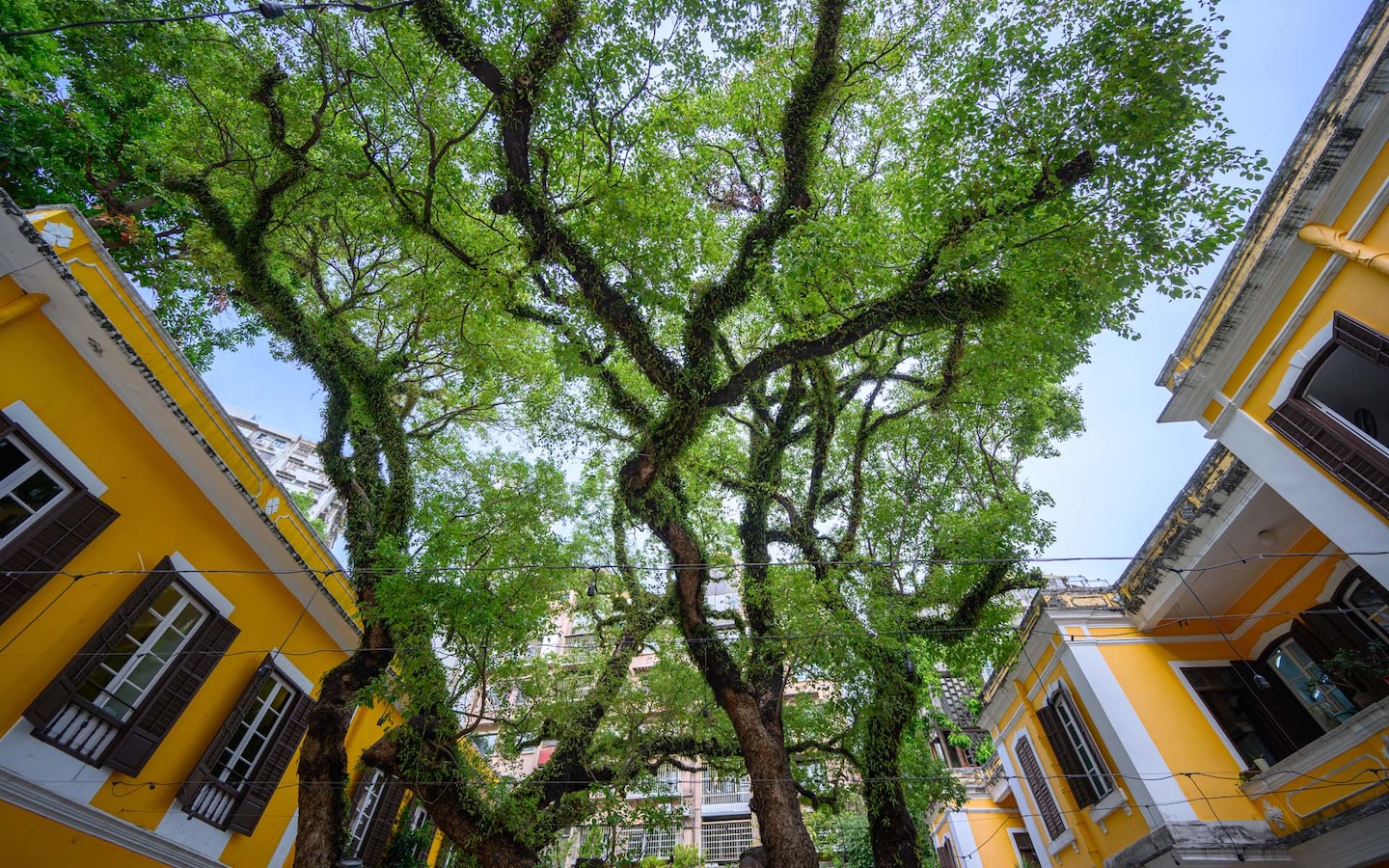The first instalment of a homegrown literary series documenting Macao was unveiled in late October, at the University of Macau (UM). The launch ceremony, officiated by Chief Executive Ho Iat Seng, introduced The Macao Gazetteer Series: Book of Geography, which Ho described as one of the most important cultural projects since the establishment of the Macao Special Administrative Region (SAR) in 1999.
This ambitious initiative is part of the government’s broader vision to leverage Macao’s historical ties with the West and attract scholars from around the world to study the cultural conflux that has been shaping this unique city for centuries. Proposed in the SAR’s second five-year plan (2021-2025), but conceived earlier, the Macao Gazetteer Series reflects the government’s dedication to transforming Macao into a knowledge hub. That push is part of the ‘One Centre, One Platform, One Base’ initiative, whereby Chinese culture dominates and yet harmoniously coexists with other cultures. At the ceremony, Ho expressed hope that the publication would strengthen residents’ sense of belonging to both the nation and Macao.
The Book of Geography offers a detailed, academically researched account of Macao’s history, natural environment, demographic changes and more. Consisting of more than a million words spread across 1,500 pages, the hefty tome has been divided into two volumes and eight chapters. Its sheer size underscores the ambition of the project, as noted by Agnes Lam, chief editor of the gazetteer and director of the Centre for Macau Studies at UM.
“No one is an expert in everything,” she tells Macao magazine, highlighting the collaborative effort of various experts and academics from different fields who worked closely together to weave threads of history, folklore and different perspectives into the publication.
Lam describes the chronicle as a collection of intriguing facts and raw data about Macao, akin to an encyclopaedia where every entry is linked to reliable sources, ensuring the publication’s credibility. Beyond verifying the accuracy of their information, its many contributors also aimed to present the material in a way that would resonate with contemporary readers.
Navigating Macao’s multicultural layers

Making sense of the multicultural complexities that run deep in melting pots like Macao is not without challenges. Consistency around the formal names of noteworthy individuals was just one of the more noticeable obstacles, Lam says. She points to a lengthy appendix in the back of the Book of Geography, the sole purpose of which is to catalogue key members of Macao’s early metropolitan population. The blue and white bilingual street signs found throughout the city also caused confusion, as the Portuguese words and their accompanying Chinese characters are often inconsistent. Some signs provide a direct translation, others simply display Chinese characters that phonetically replicate Portuguese words.
A prime example is Avenida de Almeida Ribeiro, the main road running by Senado Square. Two versions of the avenue’s name exist in Chinese: one uses the characters ‘新馬路’, while the other spells out the Portuguese name phonetically as ‘亞美打利庇盧大馬路’. Further complicating matters, locals commonly refer to this road as ‘San Ma Lo’, a Romanised phonetic rendering of the three-character Chinese name.
In addition to linguistic hurdles, there were also discrepancies in recorded dates. Chinese documents often contain dates referencing the reign of an emperor: “Each time there is a new emperor, another timeline begins,” Lam explains. Europeans, on the other hand, used the Gregorian calendar, which was not widely adopted in Asia until the late 19th century, after the fall of the Qing dynasty.
A resource for future scholarship

The SAR is renowned for its multicultural spaces, where art, music and cuisine from around the world intersect. “Macao has long been a cultural laboratory, that is nothing new,” Lam says. She points to traditional Portuguese and Chinese celebrations, such as the Procession of the Passion of Our Lord and the Mid-Autumn Festival, both of which take place along the same cobblestone streets. In the former, a Christian cross is transported down the calçada. In the latter, colourful lanterns are on display.
Lam hopes the gazetteer will ignite scholarly interest in Macao, encouraging further research into the city’s unique confluence of ideologies and cultures. By expanding the knowledge base for future generations, the series aims to deepen the world’s understanding of this one-of-a-kind region, she says.
The government plans to eventually release seven gazetteers in total, each covering a different subject (these will include law, the economy and society). The remaining six are currently in various stages of production. While the Book of Geography is only available in Chinese at present, the entire series will eventually be translated into both Portuguese and English, as well as digitised for online access. The first edition of the gazetteer saw 1,500 copies published.
Before the next edition arrives in five years’ time, a public notice will invite scholars and experts to contribute new findings, and enrich the existing content even further. As Lam says, the current gazetteer is just the beginning of what promises to be a long-term scholarly project.



